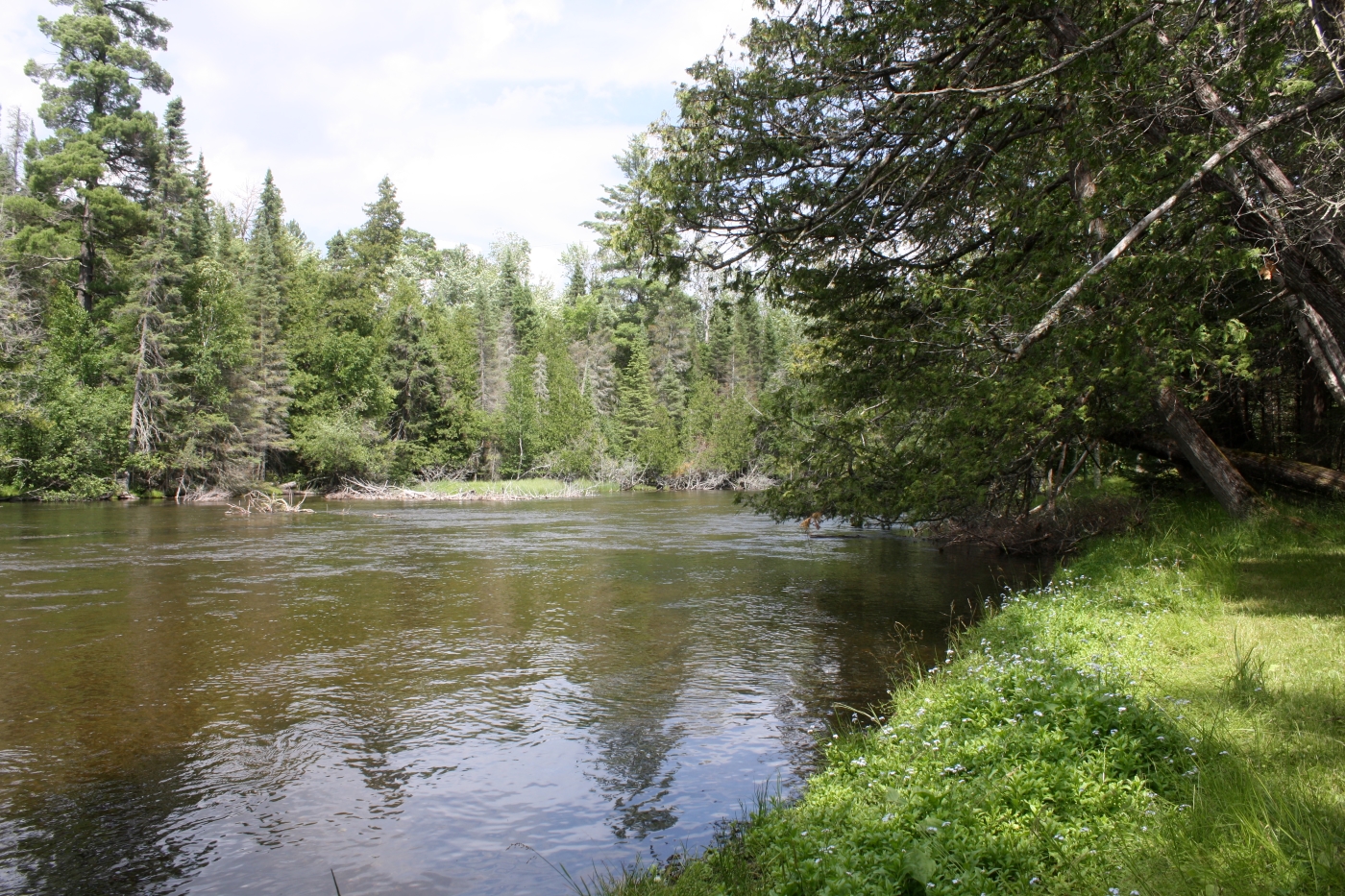As I always say, if you have all the gear you need, it’s called camping, not survival. The same is true when it comes to acquiring water in the wilderness. Preferably you will have a water filtration device and a container with you, but in reality, you might not have anything with you at all. If you have been exerting yourself, especially in heat, you might not be able to pass up taking a drink from water you come across just because you don’t have a filter or iodine drops. But that doesn’t mean there is nothing you can do to help reduce the risk of getting sick.
- Find a stick or a stone that you can use to assist in digging a hole near the water’s edge.
- If the source of water is a stream, find a bend in the stream and start digging just below the bend, in the original direction of the water’s flow.
- Place your hole about 2 feet from the water’s edge, and dig down until you find moisture. This is usually achieved at around 2 feet of depth.
- Line the bottom of your hole with clean vegetation like green grass.
- Wait about half an hour. At this point, your hole should be filling with water. If it isn’t then you will need to dig deeper. If the water that is coming in is still murky wait a little longer for the sediment to settle to the bottom.
As with any questionable water source in the wilderness you want to be able to boil the water for safety. With this method, you can stone boil the water. But if you are unable to get a fire going this method will at least reduce the still present danger of sickness from contaminated water.
If you liked this, you might also enjoy…


